Subtotal:
£1.20
Join Our WhatsApp Community and Enjoy Exclusive Benefits!
Click Here
Join Our WhatsApp Community and Enjoy Exclusive Benefits!
Click Here
Join Our WhatsApp Community and Enjoy Exclusive Benefits!
Click Here
Melaka Shrimp Paste (200gm) By Adhraa Empire - MY Delivery
£3.00 Original price was: £3.00.£1.50Current price is: £1.50.
14 people are viewing this product right now
In stock
Shrimp paste, or belacan, is a fermented condiment made from ground shrimp and salt. It’s popular in Southeast Asian cuisines for its umami-rich flavour. Here’s how it’s used:
1. **Sauces and Curries:** Key in dishes like sambal, rendang, and nam prik kapi.
2. **Stir-Fries:** Mixed with aromatics for added depth in stir-fried dishes.
3. **Soups and Broths:** Used to enhance umami in Thai soups.
4. **Dipping Sauces:** Combined with lime juice and more for flavourful dips.
5. **Marinades:** Adds savoury notes when marinating meats.
6. **Rice and Noodles:** Mixed into rice dishes and noodle recipes.
7. **Condiments:** Served as a side or mixed with spices.
Remember, a little goes a long way due to its strong aroma. Cook it to mellow the flavour. Use with caution for seafood allergies.
Shrimp paste, also known as belacan (in Malay and Indonesian), kapi (in Thai), or mắm ruốc (in Vietnamese), is a traditional condiment commonly used in various Southeast Asian cuisines. It is made by fermenting shrimp or krill and is an essential ingredient in many dishes to add depth of flavour, umami, and complexity.
Here’s how shrimp paste is typically prepared:
- **Preparation of Shrimp:** Fresh shrimp or krill are cleaned, deveined, and sometimes boiled briefly to partially cook them. The shells are often removed, and the flesh is pounded into a paste.
- **Fermentation:** The pounded shrimp or krill paste is mixed with salt, which helps initiate the fermentation process. The mixture is then left to ferment for a certain period of time, which can range from a few weeks to several months. During fermentation, natural enzymes and bacteria break down the proteins and fats in the shrimp, resulting in the development of a rich umami flavour.
- **Drying:** After fermentation, the mixture is spread out to dry in the sun. This step helps intensify the flavour and allows the paste to develop a more concentrated aroma.
- **Final Product:** Once dried, the paste turns into a solid block or cake. It has a pungent and distinctive aroma that can be quite strong, so it’s usually used in small amounts to enhance the overall flavour of dishes.
Shrimp paste is used as a flavour enhancer in various Southeast Asian recipes, such as curries, sambals, stir-fries, soups, and dipping sauces. It adds a depth of umami and complexity to dishes that are difficult to replicate with other ingredients. While the paste itself has a strong and somewhat acquired taste, its unique flavour mellows and melds into the dishes when cooked.
Keep in mind that shrimp paste is an acquired taste, and its strong aroma might be overwhelming for those unfamiliar with it. If you’re new to using shrimp paste, start with small amounts in your dishes until you become accustomed to its flavour.
Overall, shrimp paste is an integral component of Southeast Asian culinary culture, contributing to the region’s diverse and flavourful cuisine.
| Weight | 0.02 kg |
|---|---|
| Dimensions | 8 × 5 × 1 cm |
Be the first to review “Melaka Shrimp Paste (200gm) By Adhraa Empire - MY Delivery” Cancel reply
This site uses Akismet to reduce spam. Learn how your comment data is processed.
Save 20%
Kung Thai Brand Tom Yam Halal (900gm) By Adhraa Empire - MY Delivery
Sold by ADHRAA EMPIRESave 20%
Sambal Penyet Special - MY Delivery
Sold by ADHRAA EMPIRESave 20%
Sambal Penyet Petai - MY Delivery
Sold by ADHRAA EMPIRESave 25%
Sambal Penyet Jering - MY Delivery
Sold by ADHRAA EMPIRERelated products
Save 50%
SPICY CHILLI SAUCE ‘MAKANLAGI’ By Duoreqa 9 Enterprise - MY Delivery
Sold by Duoreqa 9 EnterprisePeople also bought
Our Services

Authentic Malaysian Products
Select from over 700 Halal & Muslim Malaysian Products.
Secure Payment
Safe & Secure Payment
Support 24/7
Whatsapp 24 Hours Day
SPECIAL PRODUCT
Smoked Beef in Spicy Turmeric Curry (180gm) By Lambaian Rizqi Resources - UK Delivery
Sold by Halal Street UK0 Days
0 Hours
0 Minutes
0 Seconds


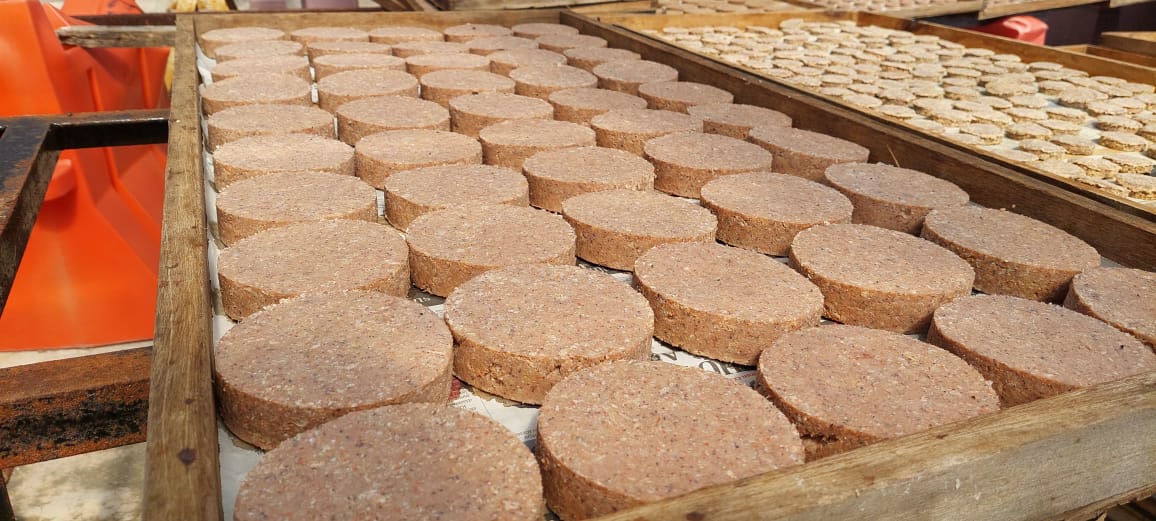

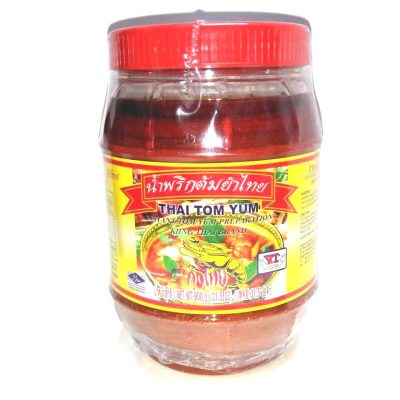








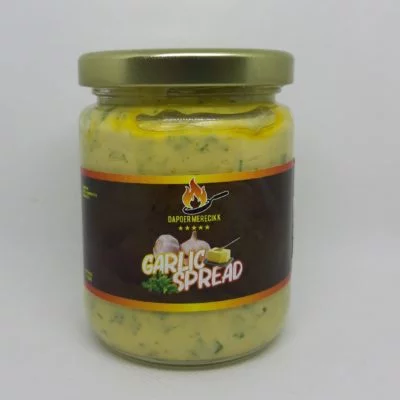
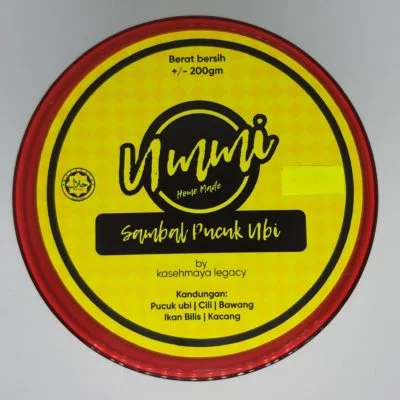





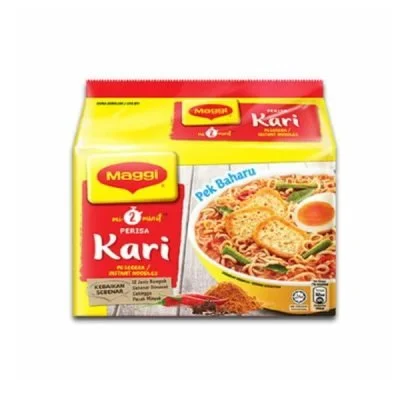



Reviews
There are no reviews yet